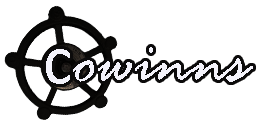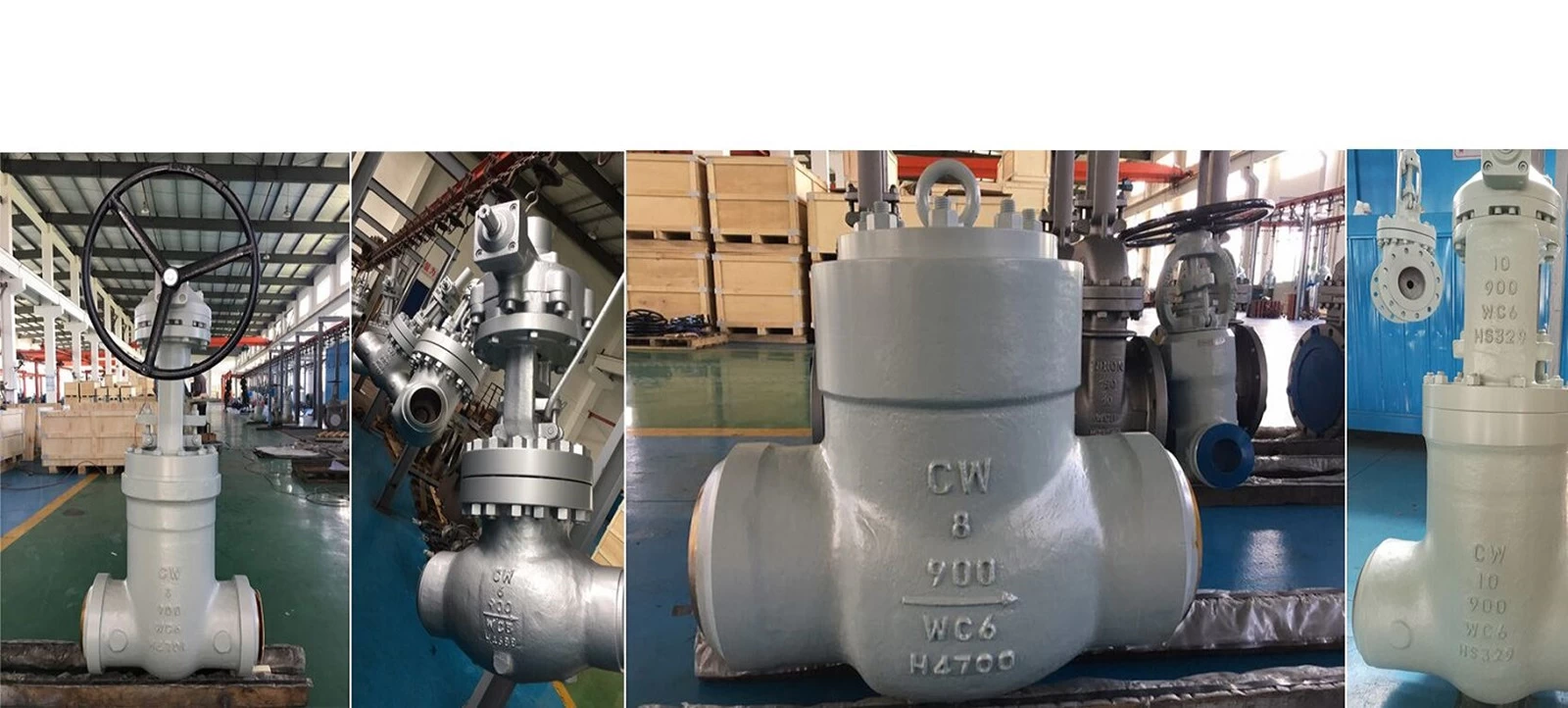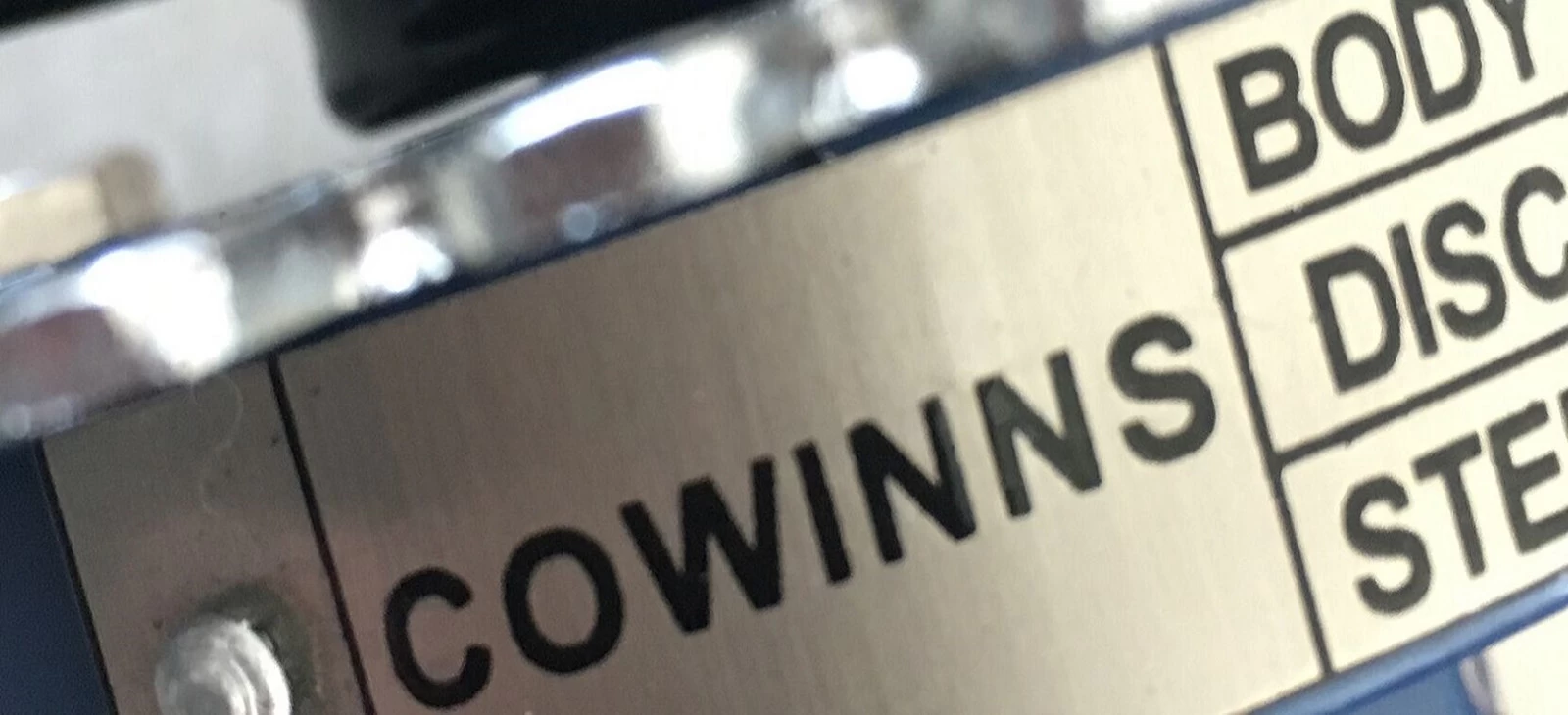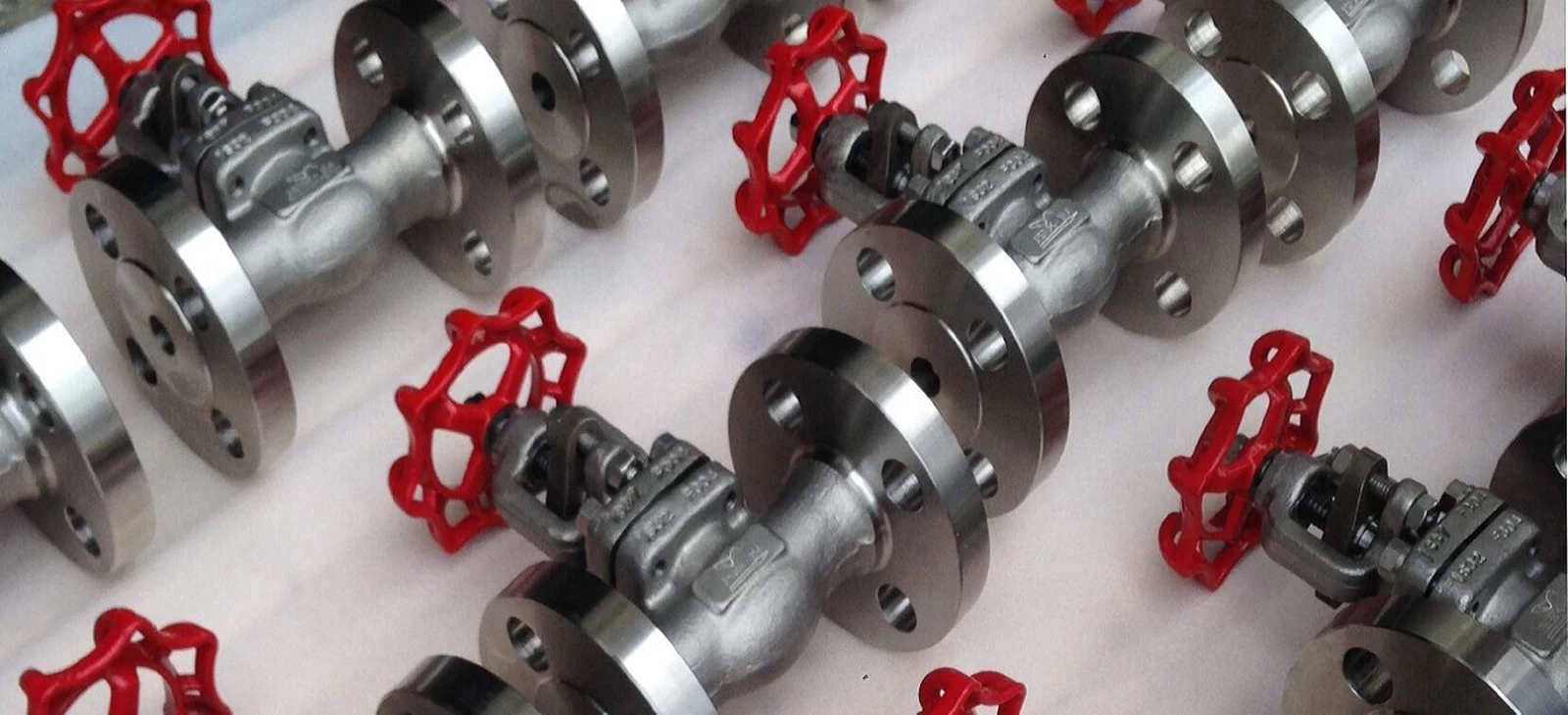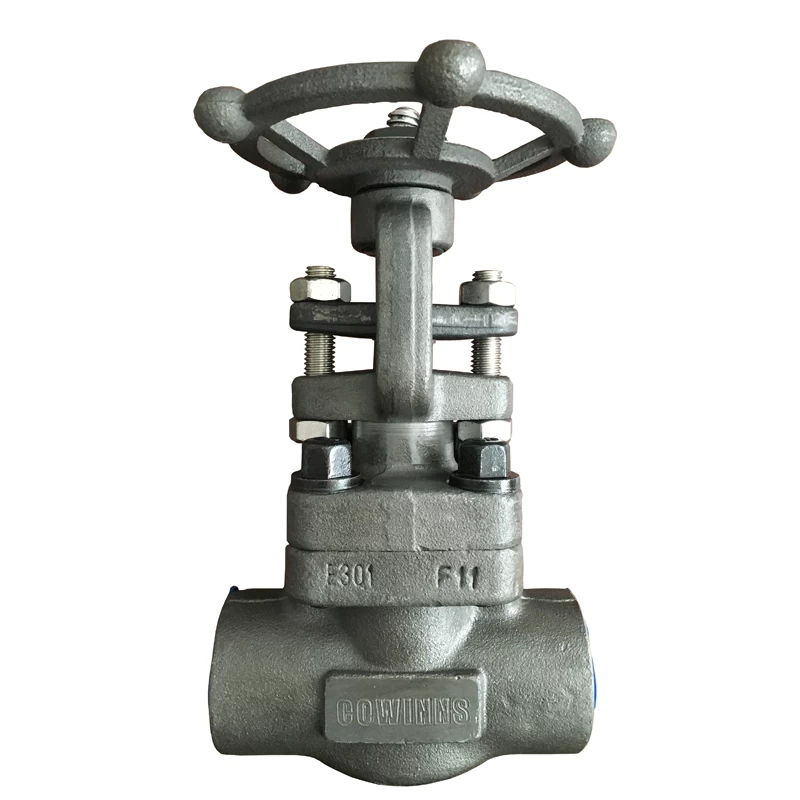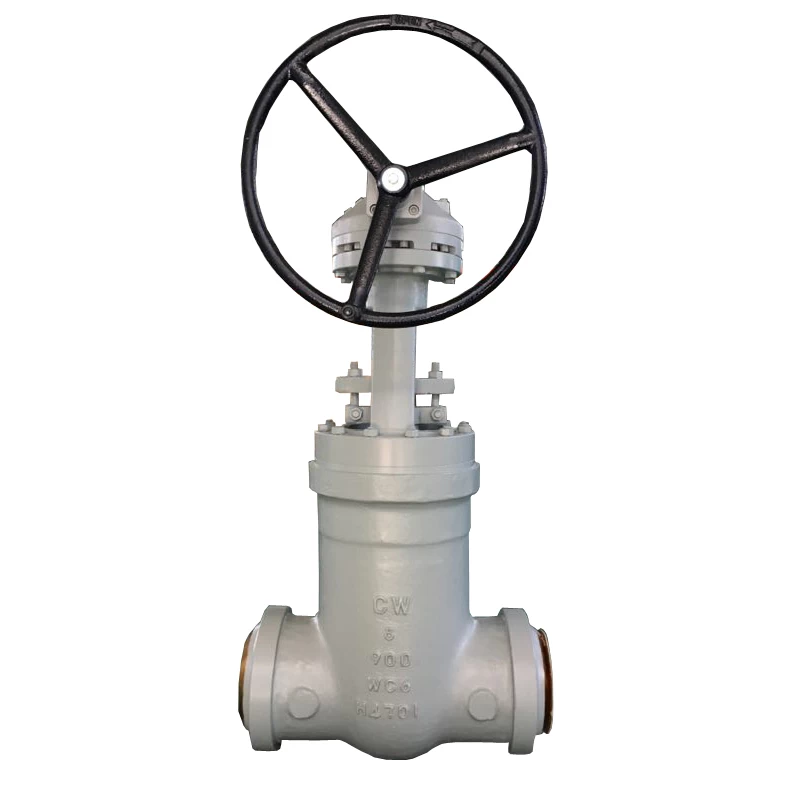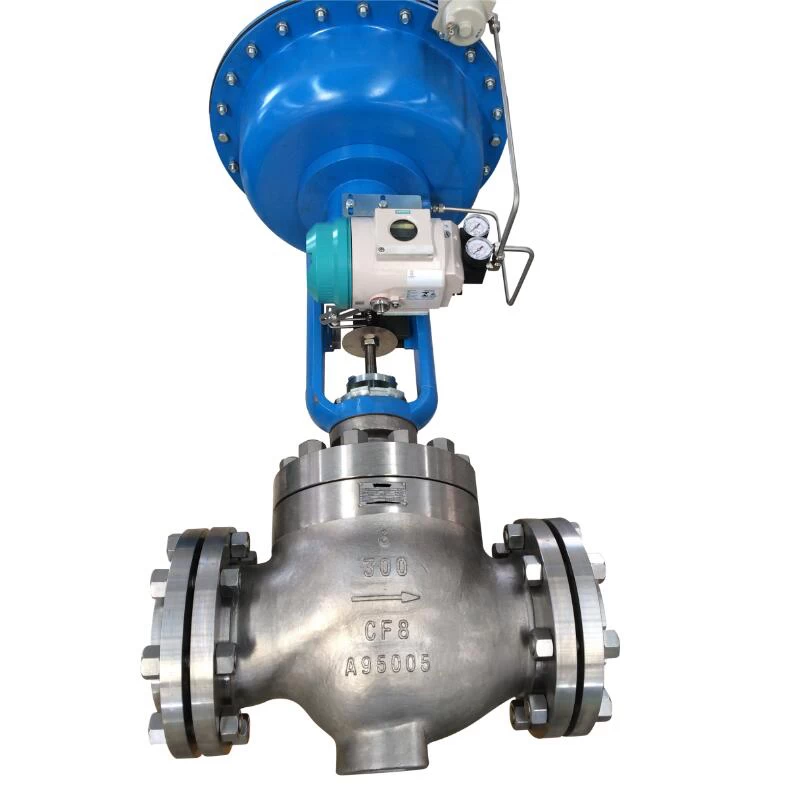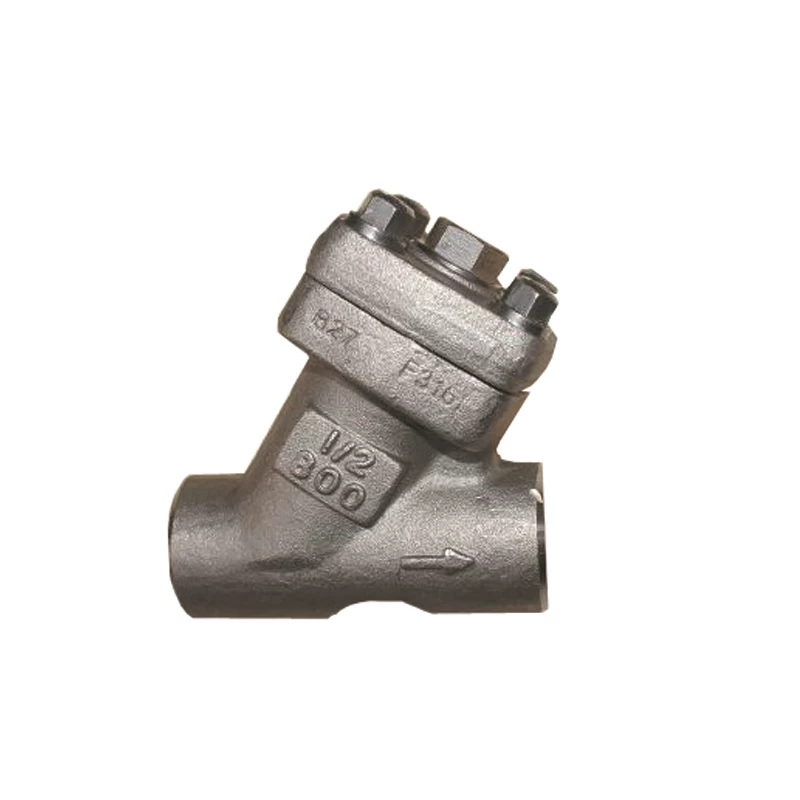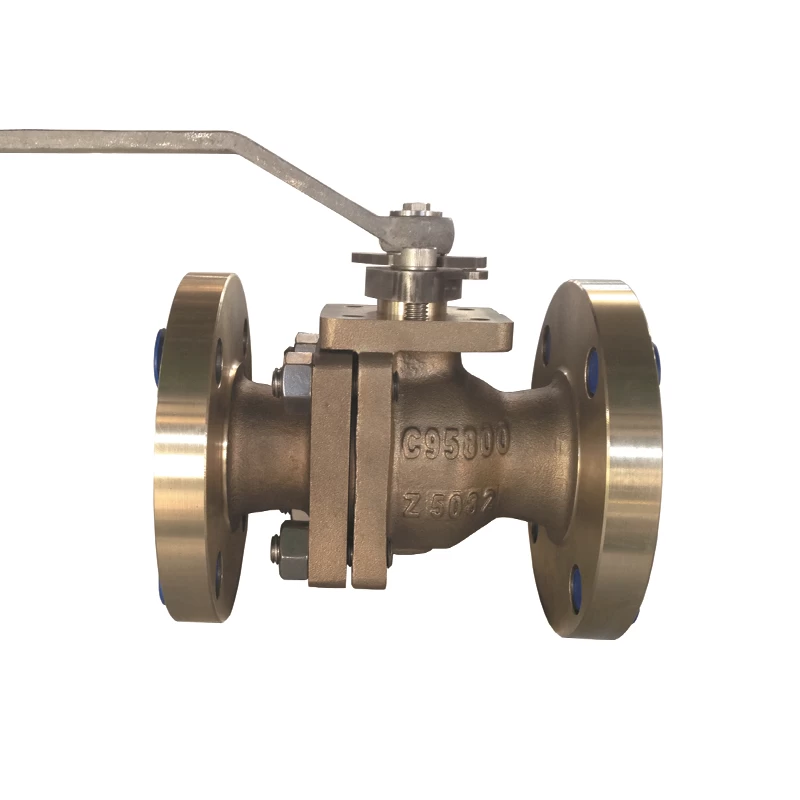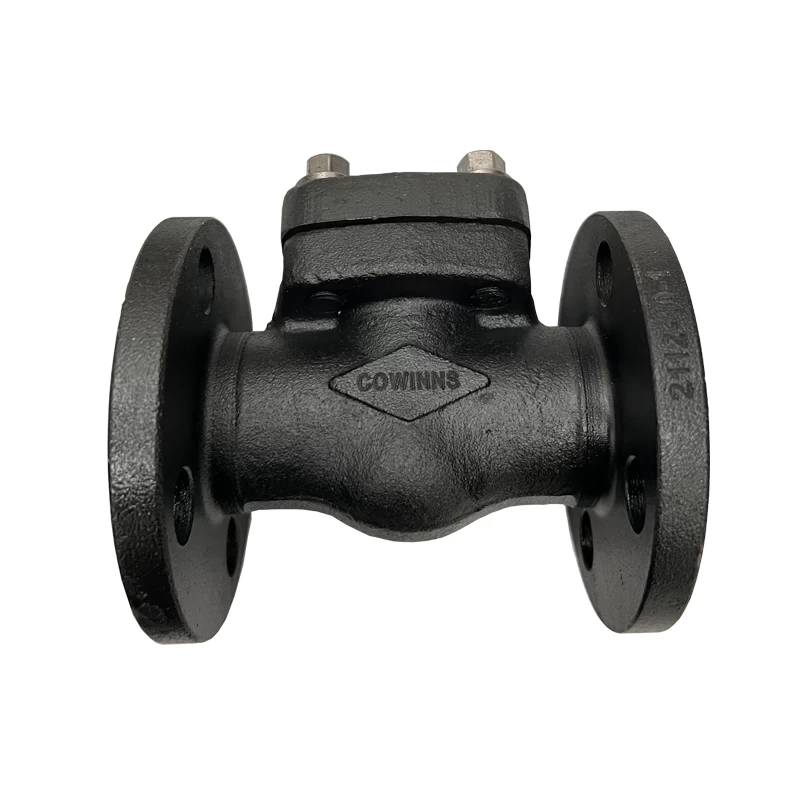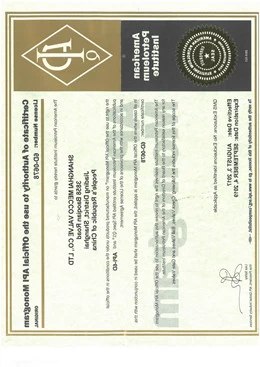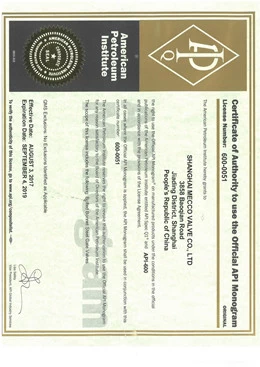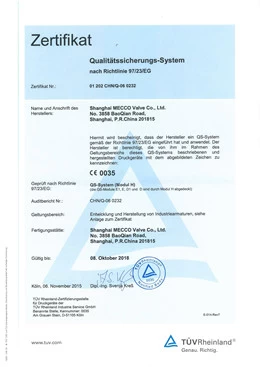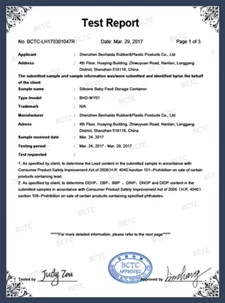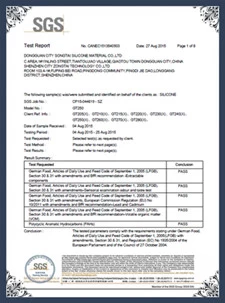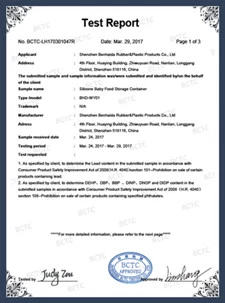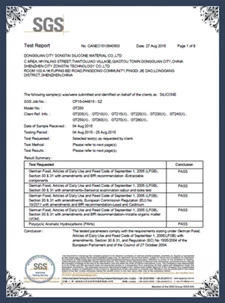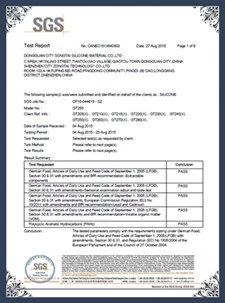Introduction to the advantages and disadvantages of various valves
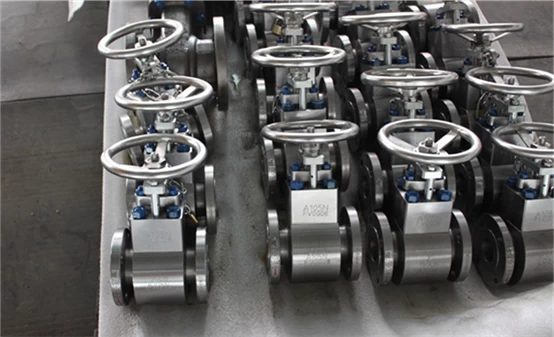
1. Valve selection and setting parts:
(1) Valves used on water supply pipelines are generally selected according to the following principles:
1. When the pipe diameter is not greater than 50mm, a globe valve should be used, and when the pipe diameter is greater than 50mm, a gate valve and a butterfly valve should be used.
2. When the flow and water pressure need to be adjusted, a regulating valve and a globe valve should be used.
3. Where the water flow resistance is small (such as on the suction pipe of the water pump), the gate valve should be used
4. Gate valves and butterfly valves should be used on the pipe sections where the water flow needs to flow in both directions, and stop valves should not be used.
5. Butterfly valve and ball valve should be used for parts with small installation space
6. On the pipe section that is often opened and closed, a stop valve should be used
7. Multifunctional valves should be used on the outlet pipes of pumps with larger diameters
(2) Valves should be installed on the following parts of the water supply pipeline:
1. The water supply pipeline of the residential area is from the introduction pipe section of the municipal water supply pipeline
2. The nodes of the outdoor annular pipe network in the residential area shall be set according to the separation requirements. When the annular pipe section is too long, a segmented valve should be installed
3. The starting end of the branch pipe connected from the main water supply pipe of the residential area or the starting end of the household pipe
4. Household pipe, water meter and each branch riser (the bottom of the riser, the upper and lower ends of the vertical ring pipe network riser)
5. The branch pipe of the annular pipe network and the connecting pipe running through the branch pipe network
6. The starting end of the water distribution pipe from the indoor water supply pipeline to households, public toilets, etc., and the water distribution points on the water distribution branch pipe are set when there are 3 or more water distribution points
7. The outlet pipe of the water pump, the suction pump of the self-priming water pump
8. The inlet, outlet and drain pipes of the water tank
9. Inlet water supply pipes for equipment (such as heaters, cooling towers, etc.)
10. Water distribution pipes for sanitary appliances (such as large, urinal, washbasin, shower, etc.)
11. Some accessories, such as automatic exhaust valve, pressure relief valve, water hammer eliminator, pressure gauge, sprinkler, etc., before and after the pressure reducing valve and backflow preventer, etc.
12. A drain valve should be set at the lowest point of the water supply network
(3) The check valve should generally be selected according to its installation location, water pressure in front of the valve, airtight performance requirements after closing, and the size of water hammer caused by closing.
1. When the water pressure in front of the valve is small, swing, ball and shuttle check valves should be used
2. When the airtight performance after closing is strictly required, a check valve with a closing spring should be selected.
3. When it is required to weaken the closing water hammer, a quick-closing muffler check valve or a slow-closing check valve with a damping device should be selected.
4. The valve or valve core of the check valve should be able to close by itself under the action of gravity or spring force
(4) Check valves shall be installed on the following pipe sections of the water supply pipeline:
On the introduction pipe; on the water inlet pipe of a closed water heater or water equipment; on the water pump outlet pipe; on the water outlet pipe section of the water tank, water tower, and highland pool where the inlet and outlet pipes are combined with one pipe.
Note: The pipe section equipped with the pipe backflow preventer does not need to be equipped with a check valve.
(5) The following parts of the water supply pipeline shall be provided with exhaust devices:
1. For the intermittently used water supply pipe network, automatic exhaust valves should be set at the end and highest point of the pipe network.
2. The pipe section of the water supply pipe network with obvious fluctuations and accumulation of air has been equipped with an automatic exhaust valve or a manual valve to exhaust the peak point of this section.
3. Air pressure water supply device, when using automatic air supply air pressure water tank, the highest point of its water distribution pipe network should be equipped with an automatic exhaust valve

Second, the advantages and disadvantages of various valves:
1. Gate valve: A gate valve refers to a valve whose closing member (gate) moves along the vertical direction of the channel axis. It is mainly used to cut off the medium on the pipeline, that is, fully open or fully closed. In general, gate valves cannot be used to regulate flow. It can be applied to low temperature pressure or high temperature and high pressure (here is one type pressure seal gate valve for high pressure high temperature application), and can be used according to different materials of the valve. However, gate valves are generally not used in pipelines that transport mud and other media.
advantage:
①The fluid resistance is small;
②The torque required for opening and closing is small;
③It can be used on the ring network pipeline where the medium flows in two directions, that is to say, the flow direction of the medium is not restricted;
④When fully open, the erosion of the sealing surface by the working medium is smaller than that of the globe valve;
⑤ The body structure is relatively simple, and the manufacturing process is better;
⑥ The length of the structure is relatively short.
shortcoming:
①The external dimension and opening height are large, and the space required for installation is also large;
②During the opening and closing process, the sealing surface is relatively rubbed, and the friction loss is relatively large, and even at high temperature, it is easy to cause scratches;
③General gate valves have two sealing surfaces, which adds some difficulties to processing, grinding and maintenance;
④The opening and closing time is long.
2. Butterfly valve: Butterfly valve is a kind of valve that uses a disc type opening and closing member to reciprocate about 90° to open, close and adjust the fluid channel.
advantage:
①Simple structure, small size, light weight, and less consumables, do not use it in large-diameter valves;
②Quick opening and closing, small flow resistance;
③It can be used for medium with suspended solid particles, and can also be used for powdery and granular media according to the strength of the sealing surface. It can be used for two-way opening and closing and adjustment of ventilation and dust removal pipelines, and is widely used in gas pipelines and waterways of metallurgy, light industry, electric power, and petrochemical systems.
shortcoming:
①The flow adjustment range is not large, when the opening reaches 30%, the flow will enter more than 95%;
②Due to the limitation of the structure and sealing material of butterfly valve, it is not suitable to be used in high temperature and high pressure pipeline system. The general working temperature is below 300℃ and below PN40;
③The sealing performance is poorer than that of ball valve and globe valve, so it is used in places where sealing requirements are not very high.
3. Ball valve: It is evolved from the plug valve. Its opening and closing part is a sphere, and the sphere is rotated 90° around the axis of the valve stem to achieve the purpose of opening and closing. The ball valve is mainly used to cut off, distribute and change the flow direction of the medium on the pipeline. The ball valve designed with V-shaped opening also has a good flow adjustment function.
advantage:
①Has the lowest flow resistance (actually 0);
②Because it will not get stuck during work (when there is no lubricant), it can be reliably used in corrosive media and low boiling point liquids;
③In a wide range of pressure and temperature, it can achieve complete sealing;
④It can realize rapid opening and closing, and the opening and closing time of some structures is only 0.05~0.1s, so as to ensure that it can be used in the automation system of the test bench. When the valve is opened and closed quickly, the operation has no impact;
⑤The spherical closure can be automatically positioned at the boundary position;
⑥The working medium is reliably sealed on both sides;
⑦When fully open and fully closed, the sealing surface of the ball and valve seat is isolated from the medium, so the medium passing through the valve at high speed will not cause erosion of the sealing surface;
⑧Compact structure and light weight, it can be considered as the most reasonable valve structure for low temperature medium system;
⑨The valve body is symmetrical, especially the welded valve body structure, which can well withstand the stress from the pipeline;
⑩The closing part can withstand the high pressure difference when closing. ⑾The ball valve with fully welded valve body can be directly buried in the ground, so that the valve internals are not corroded, and the maximum service life can reach 30 years. It is the most ideal valve for oil and natural gas pipelines.
shortcoming:
①Because the most important valve seat sealing ring material of the ball valve is PTFE, it is inert to almost all chemical substances, and has a small friction coefficient, stable performance, not easy to age, wide temperature range and excellent sealing performance comprehensive characteristics. But the physical properties of PTFE, including high coefficient of expansion, susceptibility to cold flow, and poor thermal conductivity, require that seat seal designs must be built around these properties. Therefore, when the sealing material becomes hard, the reliability of the sealing is damaged. Moreover, PTFE has a low temperature resistance grade and can only be used below 180°C. Above this temperature, the sealing material will degrade. In the case of long-term use, it is generally not used at 120 °C.
②Its adjustment performance is worse than that of globe valve, especially pneumatic valve (or electric valve).
4. Globe valve: refers to the valve whose closing member (valve) moves along the centerline of the valve seat. According to this moving form of the valve disc, the change of the valve seat port is proportional to the valve disc stroke. Because the valve stem of this type of valve has a relatively short opening or closing stroke, and has a very reliable cut-off function, and because the change of the valve seat port is proportional to the stroke of the valve disc, it is very suitable for flow regulation. Therefore, this type of valve is very adaptable for shut-off or regulation as well as throttling.
advantage:
①During the opening and closing process, the friction between the disc and the sealing surface of the valve body is smaller than that of the gate valve, so it is wear-resistant.
②The opening height is generally only 1/4 of the valve seat channel, so it is much smaller than the gate valve;
③Usually there is only one sealing surface on the valve body and valve disc, so the manufacturing process is better and it is easy to maintain;
④Because its filler is generally a mixture of asbestos and graphite, its temperature resistance grade is higher. General steam valves use globe valves.
shortcoming:
①Due to the change in the flow direction of the medium through the valve, the minimum flow resistance of the globe valve is also higher than that of most other types of valves;
②Due to the longer stroke, the opening speed is slower than that of the ball valve.
5. Plug valve: refers to a rotary valve whose closing member is in the shape of a plunger. Through a 90° rotation, the channel port on the valve plug is connected or separated from the channel port on the valve body to realize opening or closing. The shape of the valve plug can be cylindrical or conical. The principle is basically similar to that of the ball valve. The ball valve is developed on the basis of the plug valve. It is mainly used in oilfield exploitation and also in petrochemical industry.
6. Safety valve: It is used as an overpressure protection device on a pressurized container, equipment or pipeline. When the pressure in the equipment, container or pipeline rises beyond the allowable value, the valve will automatically open and then discharge in full to prevent the equipment, container or pipeline and pressure from continuing to rise; when the pressure drops to the specified value, the valve should automatically Shut down in time to protect the safe operation of equipment, vessels or pipelines.
7. Steam trap: some condensed water will be formed in the medium of conveying steam, compressed air, etc. In order to ensure the working efficiency and safe operation of the device, these useless and harmful media should be discharged in time to ensure the consumption and safety of the device. use. It has the following functions: 1. It can quickly remove the condensed water produced; 2. Prevent steam leakage; 3. Remove air and other non-condensable gases.
8. Pressure reducing valve: It is a valve that reduces the inlet pressure to a certain required outlet pressure through adjustment, and relies on the energy of the medium itself to keep the outlet pressure automatically stable.
9. Check valve: also known as reverse flow valve, check valve, back pressure valve and one-way valve. These valves are automatically opened and closed by the force generated by the flow of the medium itself in the pipeline, and belong to an automatic valve. The check valve is used in the pipeline system, and its main function is to prevent the backflow of the medium, the reverse rotation of the pump and the driving motor, and the discharge of the container medium. Check valves can also be used on pipelines that supply supply to auxiliary systems where the pressure may rise above the system pressure. They can be mainly divided into swing type (rotating according to the center of gravity) and lifting type (moving along the axis).
 +86 512 68781993
+86 512 68781993 